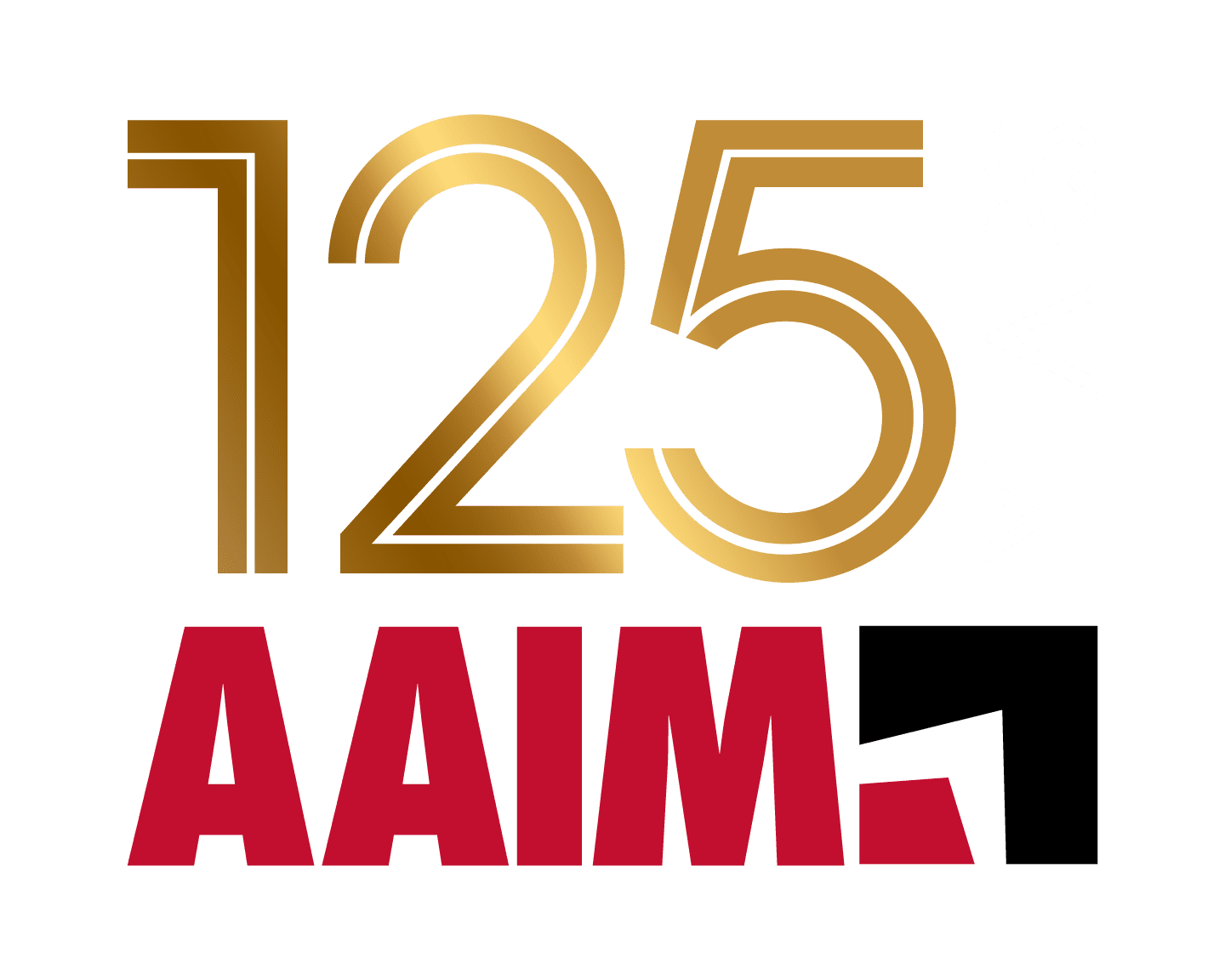Understanding the Employee Offboarding Process
Your employee offboarding process can make or break your employee relationships. Do you know how to make a positive, lasting impression on your departing employees?
Explaining the Employee Offboarding Process
Offboarding is the process of formal separation between an employee and employer due to resignation, termination, or retirement. Offboarding includes several exit formalities processes to ensure the employee leaves on good terms, including:
- Transferring employee’s responsibilities to another employee or team
- Receiving employee equipment (laptop, ID badge, desktop)
- Completing an exit interview to receive feedback
- Deactivating employee building and system access and passwords
You want to make sure the person has a positive experience with your employee offboarding process, so they feel valued and understood in their exit process. This is your employee’s last impression of you, so you need to make it a good one, even if you’ve terminated the employee.
Remember, past employees are sometimes future employees, so you want them to have a positive experience. Keep in mind that nearly 15% of American employees boomerang back to an old employer later on.
Offboarding also gives your company the chance to learn how it can improve, what it does well, and what to look for in new hires.
This entire procedure can benefit both you and the employee—you get to learn more about your business, and they have a good, lasting impression of their time with your company.
Your Offboarding Guide
Follow this step-by-step offboarding guide if you’re still developing your offboarding process or don’t know where to start.
Always Thank the Employee
Whether you’re terminating an employee or they’ve resigned, always thank them for their hard work and everything they’ve done for the company. You want them to feel appreciated even if their departure is sudden or unexpected.
If your employee is retiring or moving to a higher position, congratulate them! Recognize that what they’ve done for your organization has been valuable and that you’re proud of their accomplishments.
Communicate the Departure to Other Employees and HR
While telling your staff one of their team members is leaving is difficult, it’s better to do it early on. Waiting can make the process harder for your team and can lead to gossip.
To maintain a healthy, gossip-free work environment, professionally inform your staff of the employee’s leaving. If you’ve terminated the employee, you don’t need to give your team all the details—tell them the necessary information. Keep private information between you and the departing employee.
Transfer Employee Responsibilities and Knowledge
Simplify your employee offboarding process by transferring the departing employee’s responsibilities and knowledge to other members of the team. Doing so prepares your employees for the loss of a team member so daily operations continue to run smoothly.
Prepare your team members by:
- Giving them a breakdown of daily routines
- Informing them of high and low-priority tasks
- Giving them access to the systems and information the previous employee used
- Training them thoroughly on their new responsibilities
- Familiarizing them with the team members they’ll be working with
Recover Company Equipment and Revoke Access
Besides ensuring your team is prepared for their new tasks and the departing employee leaves on good terms, a couple of logistical aspects need to be taken care of.
Always recover the employee’s company equipment, including:
- Company ID badge
- Company credit cards
- Company-issued uniforms
- Laptops, desktops, and other tech equipment
- Company car
These assets are vital to your business, so make sure you receive all of the employee’s company belongings.
For your safety and the security of your employees, always revoke their building and system access. Leaving access open allows old employees to view data and information that is no longer relevant to them, which can be a cybersecurity risk.
Complete an Exit Interview
Exit interviews give you and the employee space to share your thoughts and ideas. HR should conduct these interviews since employees sometimes leave because of their manager.
Detailed exit interview questions are helpful for your business because your departing employee may offer valuable insight on where the business can improve and how the business succeeds.
This is your chance to make a positive impression on the employee, so it’s important to take their feedback seriously and graciously.
Employee Offboarding Process Resources
If you need help improving your employee offboarding process, call AAIM.
AAIM is your all-inclusive HR resource provider, and we enhance your processes to improve the employee offboarding experience.
Offboarding is tricky—you don’t want to overstep the boundaries of your departing employee, but you also want their honest feedback. AAIM helps you find the balance. Contact us today to advance your employee offboarding processes.


